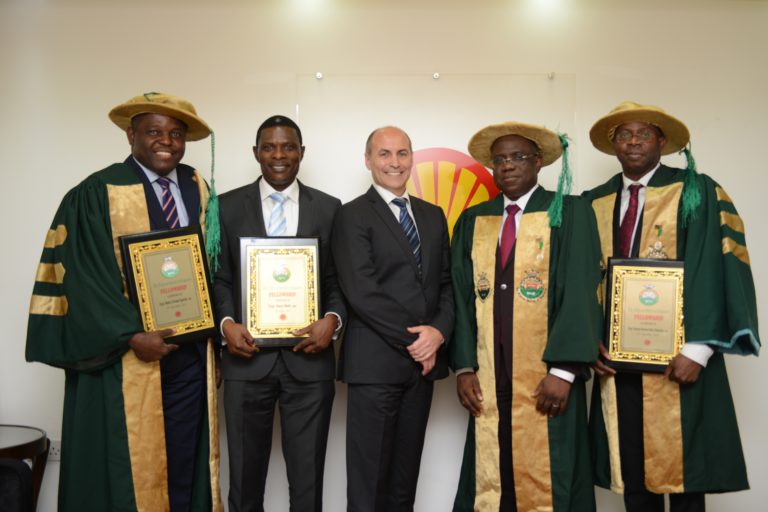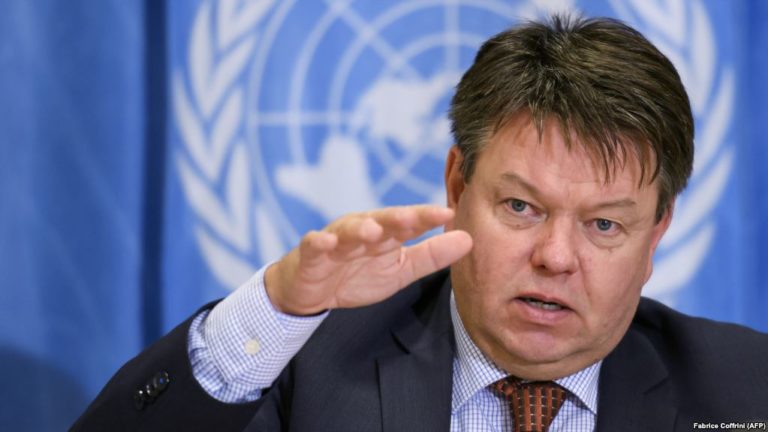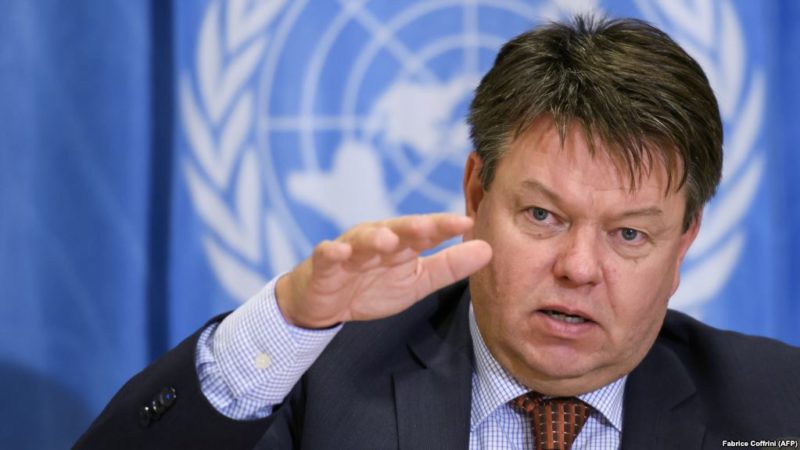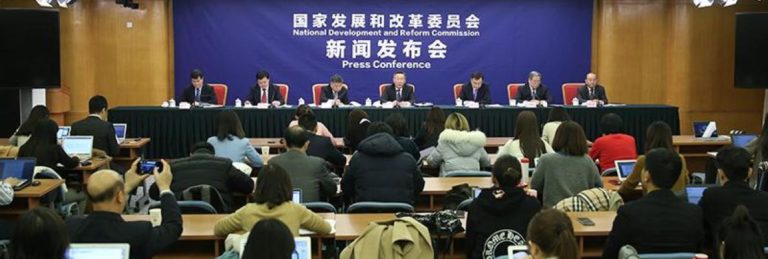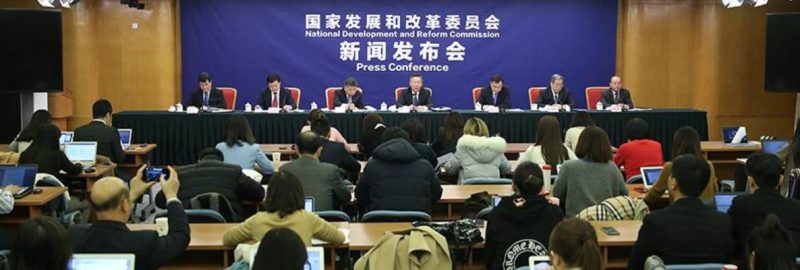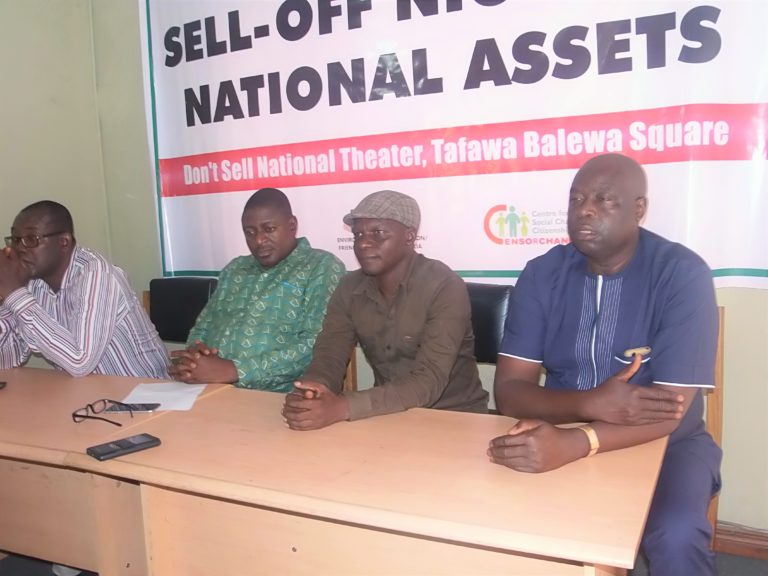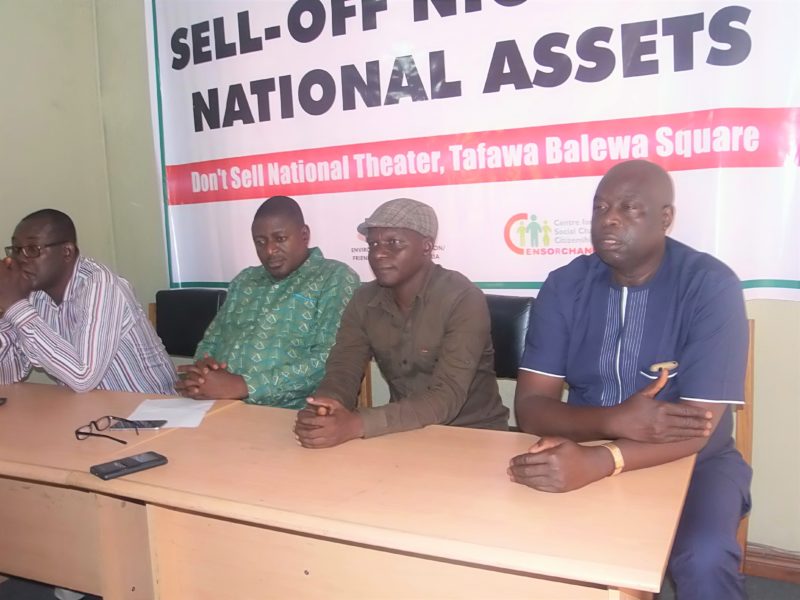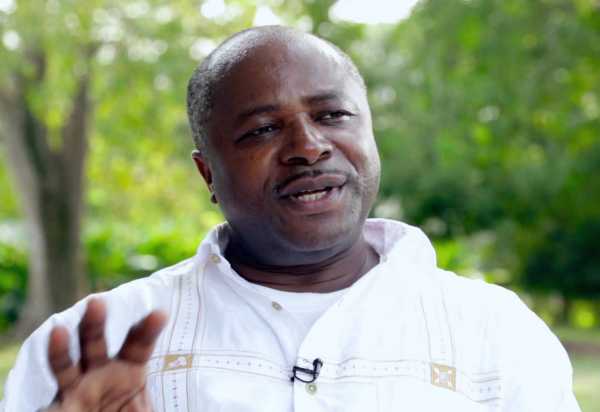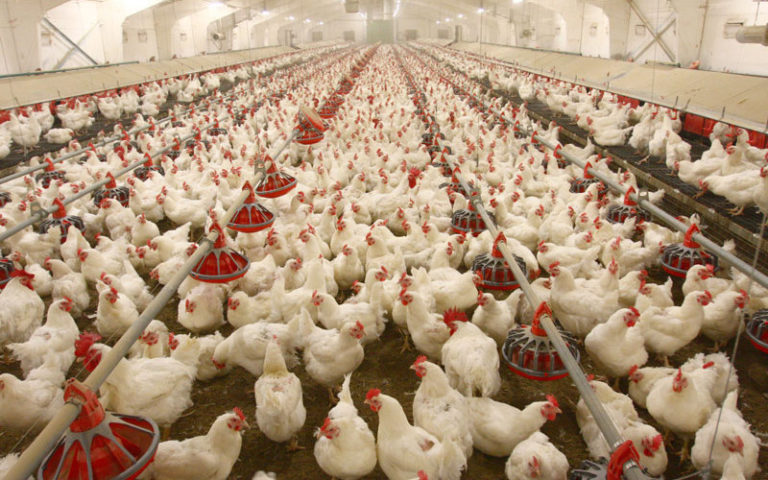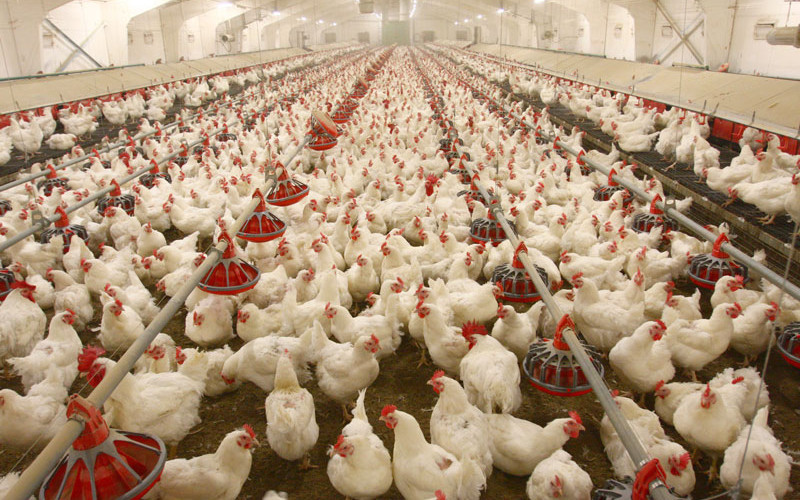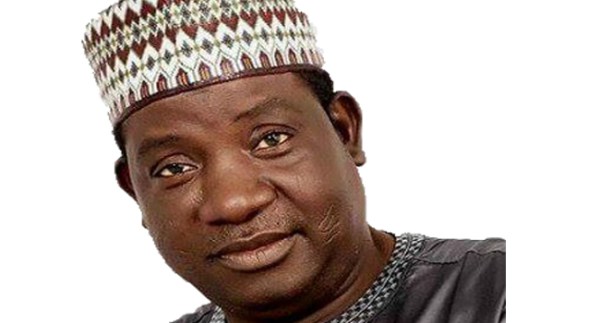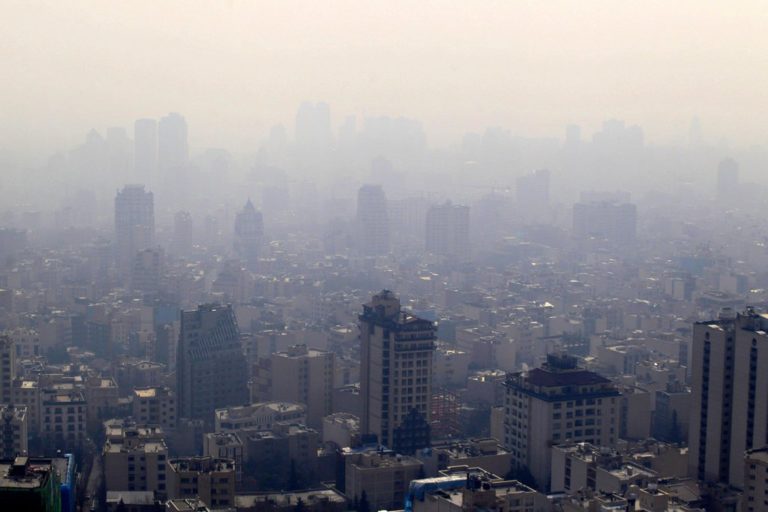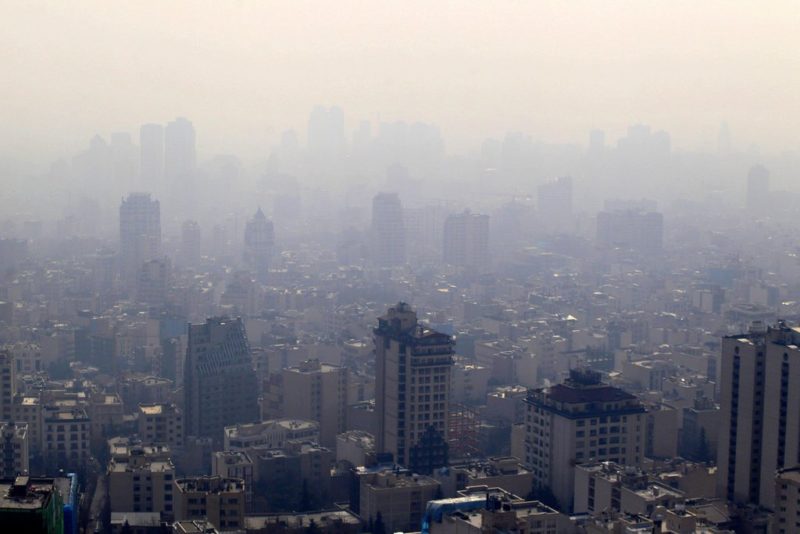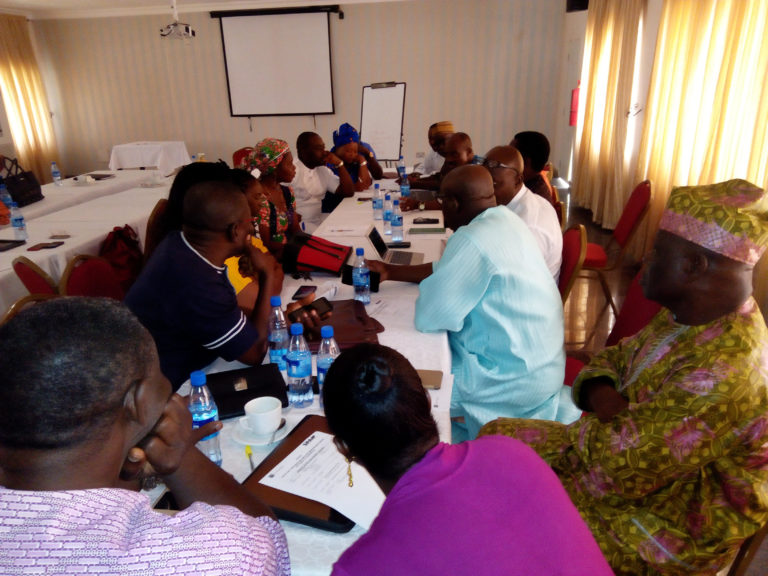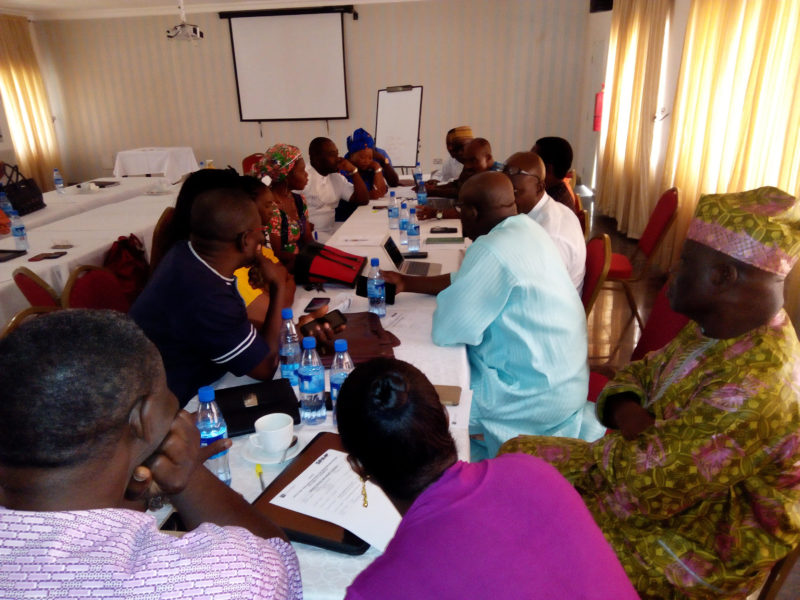Managing Director of Shell Nigeria Exploration and Production Company (SNEPCo), Bayo Ojulari, and three other senior engineers with Shell companies in Nigeria have been conferred with the fellowship of The Nigerian Society of Engineers, the highest professional recognition in engineering practice in Nigeria.
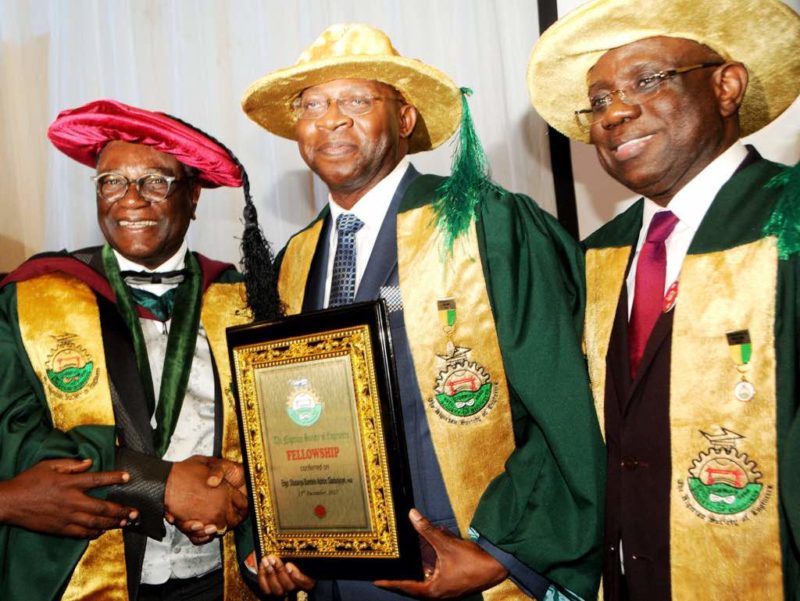
The three others are SNEPCo’s Engineering Manager, Debo Oladunjoye; Projects Delivery and Assurance Manager of Shell Petroleum Development Company, Walter Egemba; and Project Manager, Bonga South West Project, Woji Weli, who bagged the NSE fellowship early in the year.
Each of the four conferees has nearly three decades of engineering practice in the oil and gas industry in Nigeria and overseas.
“We found them worthy not only in knowledge and character, but also in practice, experience and professionalism to deserve their admission into the board of fellows of the distinguished society of engineers,” said NSE President, Oliver Anyaeji, at the conferment ceremony in Abuja on Friday, December, 15, 2017.
Ojulari’s honour came barely a year after he received the prestigious PSRG-Richardson Special Achievement Award in Health, Security, Safety and Environment (HSSE), and also the 2016 Professional Award by the Petroleum Technology Association of Nigeria (PETAN), an association of indigenous technical oilfield service companies.
Speaking shortly after his induction as an NSE fellow, Ojulari described the recognition by the engineering body as a further challenge to do more for the profession through selfless service to the oil and gas industry for the development of Nigeria.
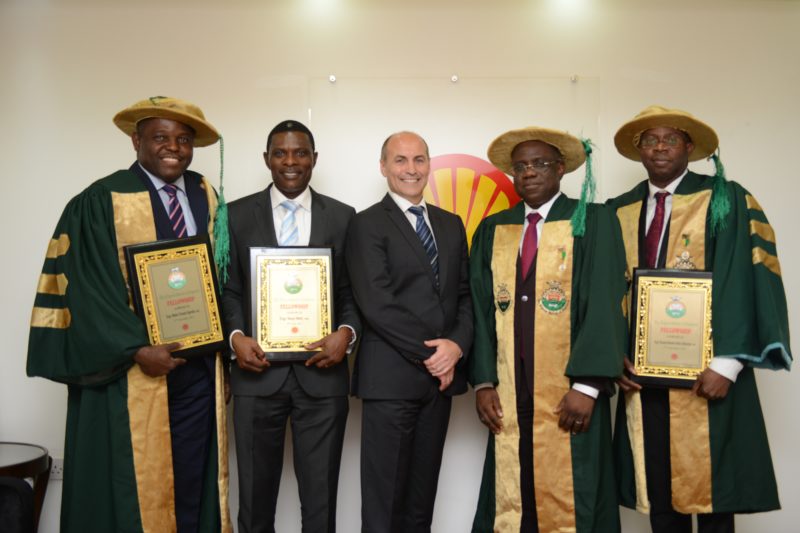
“I thank Shell for giving me the opportunity to attain this level of professionalism but the best gratitude is to rededicate myself to further development of local capacity in the Nigerian oil and gas industry in a manner that demonstrates exemplary leadership and professional discipline,” he said.
Reacting to the conferment of NSE fellowship on four engineers of Shell companies in Nigeria within a year, Shell’s Vice President, Nigeria and Gabon, Peter Costello, commended the NSE for seeing the value that Shell companies and their crop of professional engineers bring not only to the profession but also to Nigeria. “This goes a long way to validate Shell’s commitment to indigenous manpower development and its encouragement and support to staff to attain the peak in their professional careers,” said Costello who is also an engineer with decades of experience.

